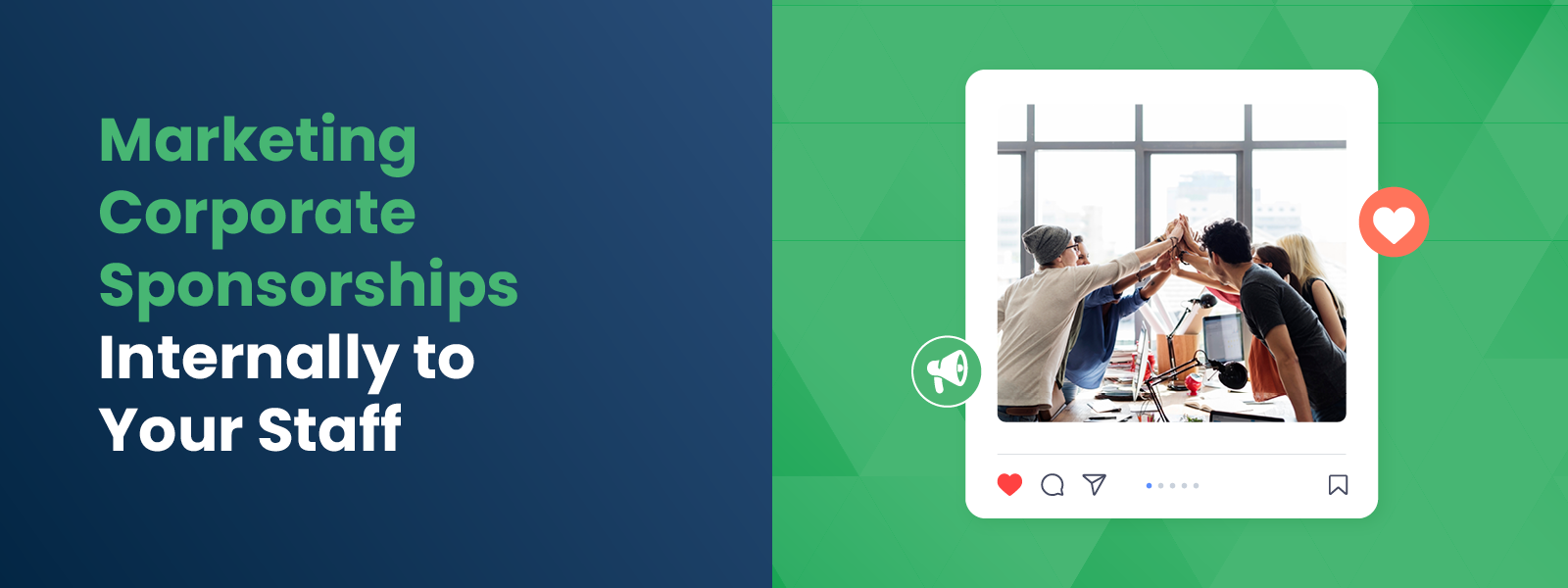
Marketing Corporate Sponsorships Internally to Your Staff
Securing corporate partners is often viewed as the sole responsibility…
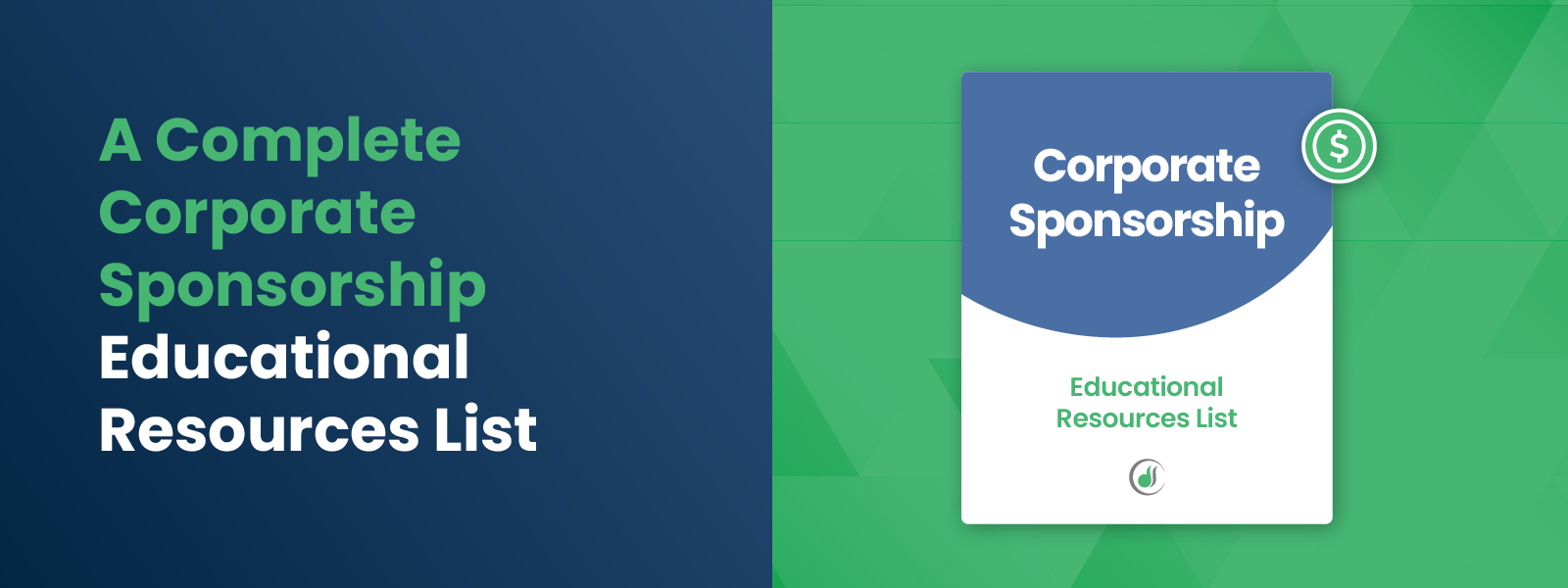
A Complete Corporate Sponsorship Educational Resources List
Diversified revenue is the holy grail of nonprofit financial…
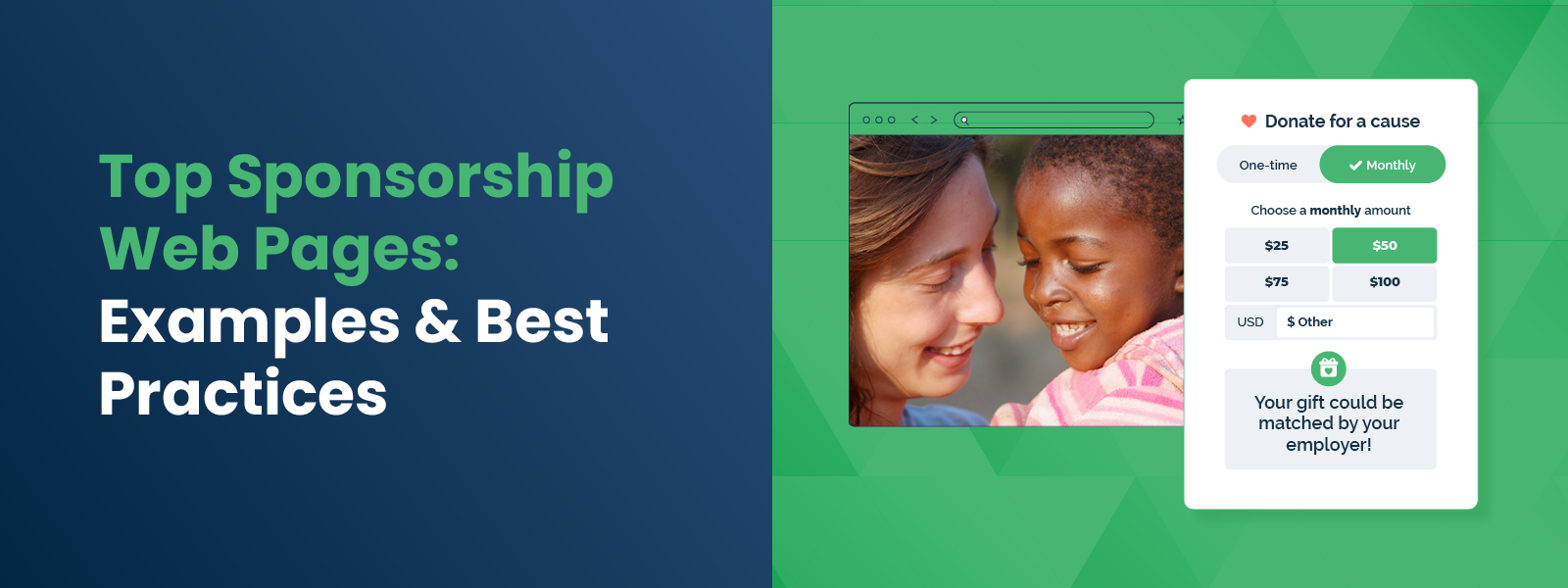
Top Sponsorship Web Pages: Examples & Best Practices
In the nonprofit sector, individual donors are the heartbeat…
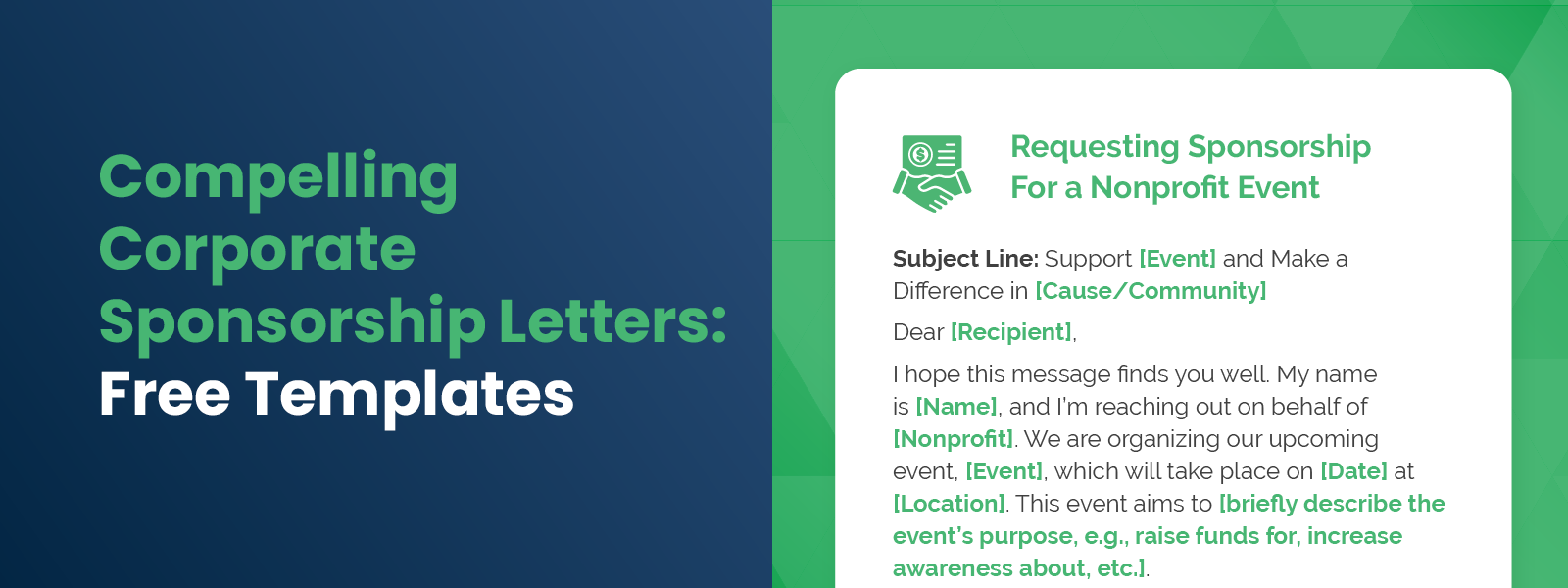
Compelling Corporate Sponsorship Letters: Free Templates
Securing funding is a perennial challenge for nonprofits. While…
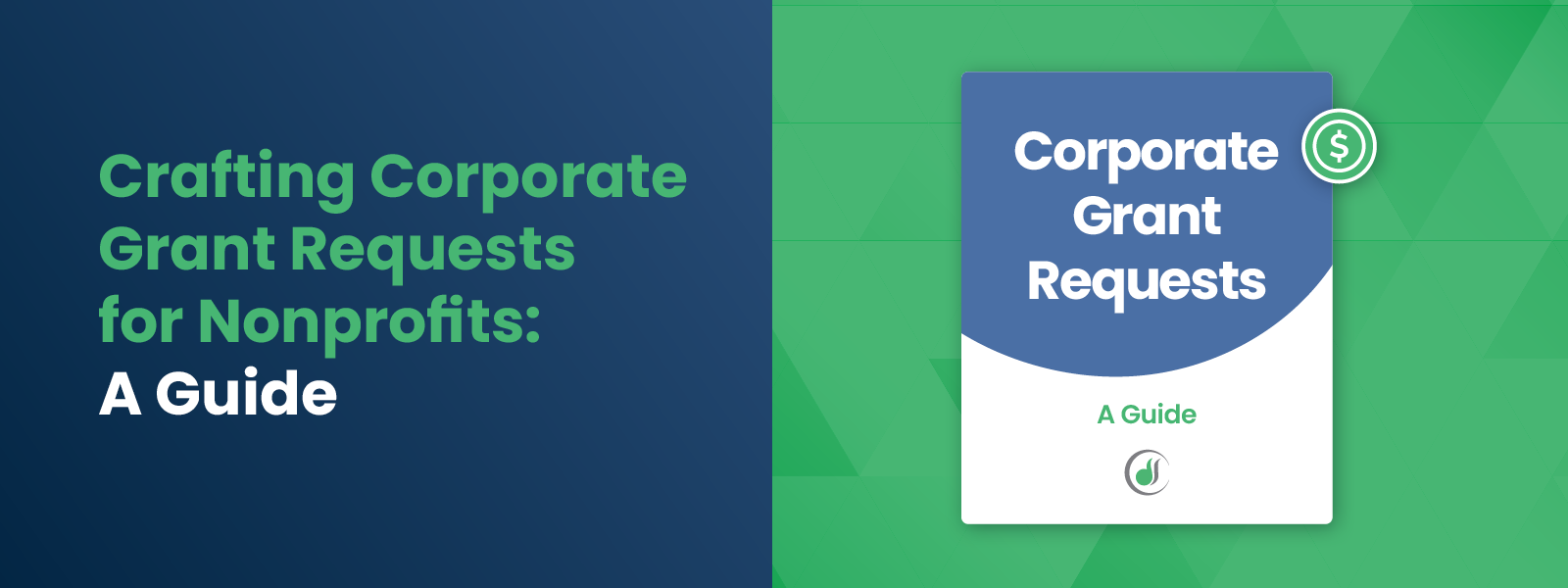
Crafting Corporate Grant Requests for Nonprofits: A Guide
Corporate grants represent a massive reservoir of potential funding…
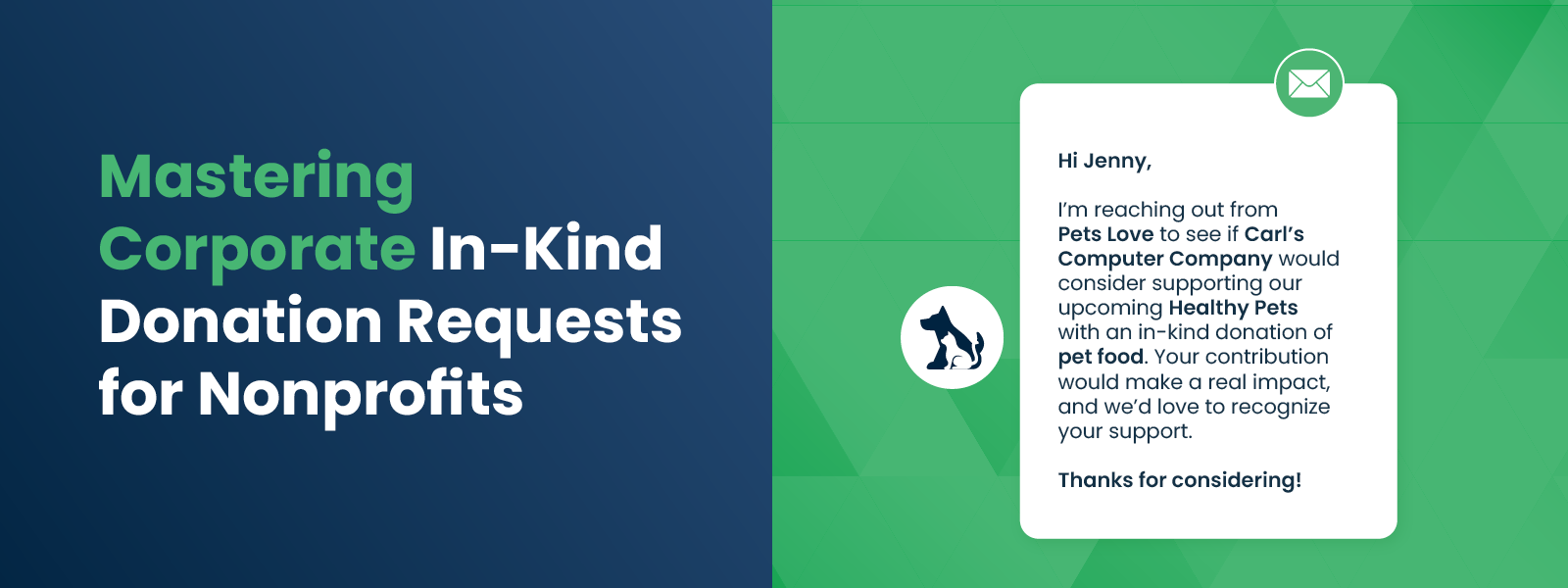
Mastering Corporate In-Kind Donation Requests for Nonprofits
Cash is king in the nonprofit world, but it isn't the only currency…
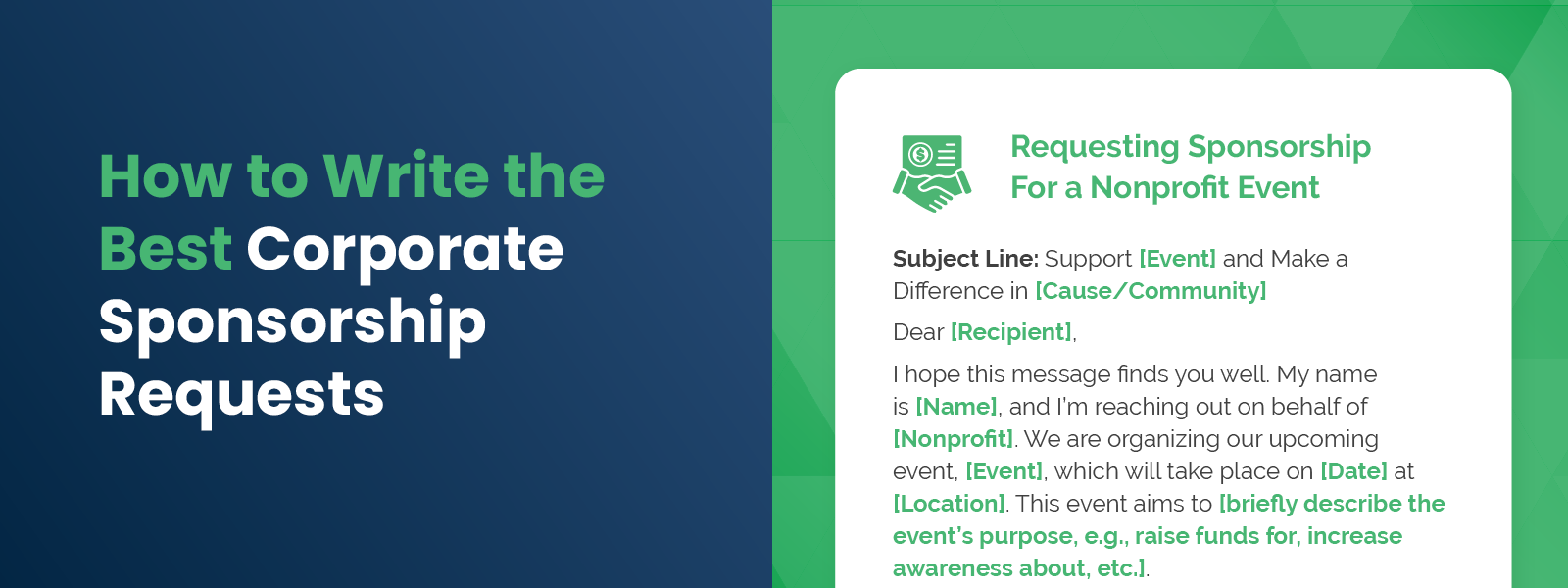
How to Write the Best Corporate Sponsorship Requests
Corporate sponsorships are often the "white whale" of nonprofit…
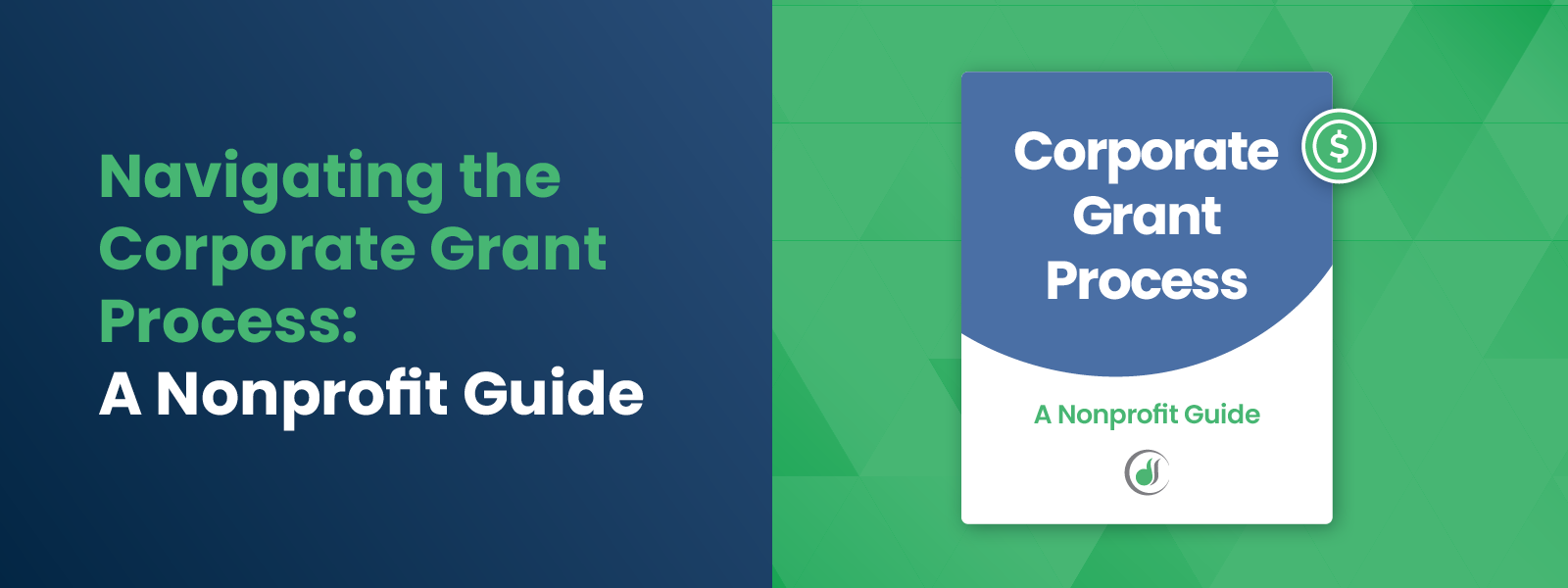
Navigating the Corporate Grant Process: A Nonprofit Guide
Corporate grants for nonprofits represent a powerhouse of potential…
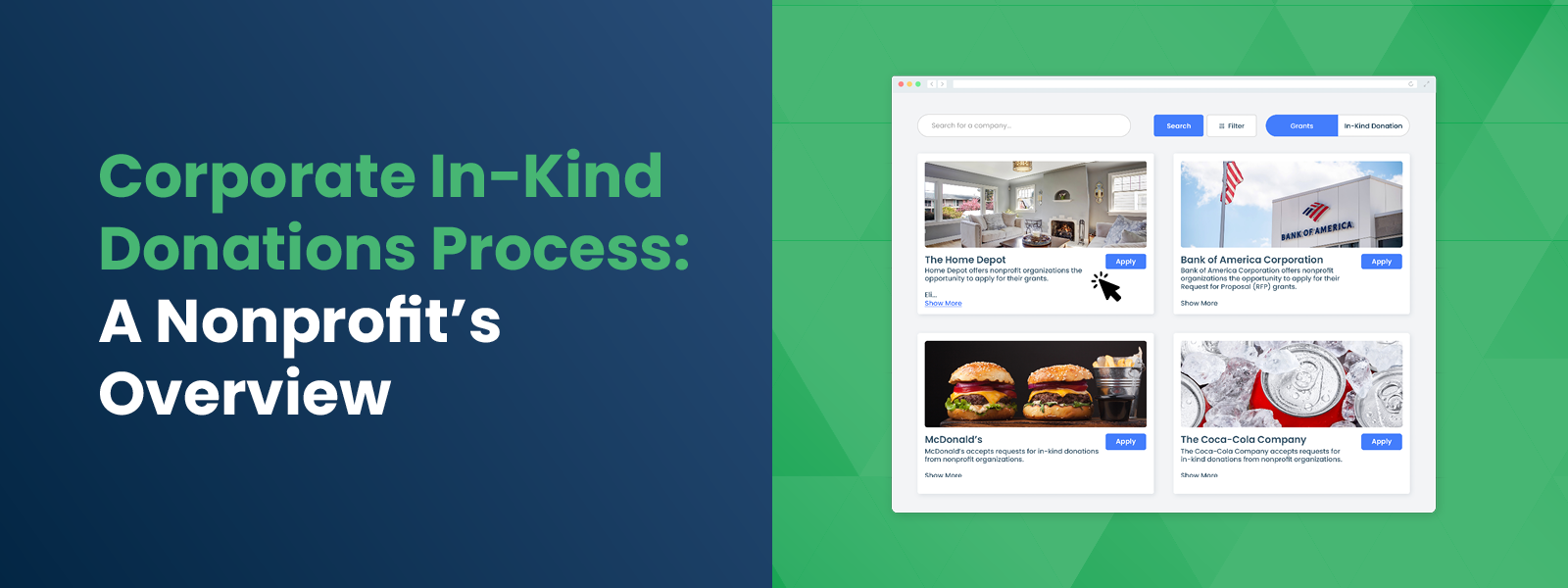
Corporate In-Kind Donations Process: A Nonprofit’s Overview
Cash is king in the nonprofit world, but it isn't the only currency…
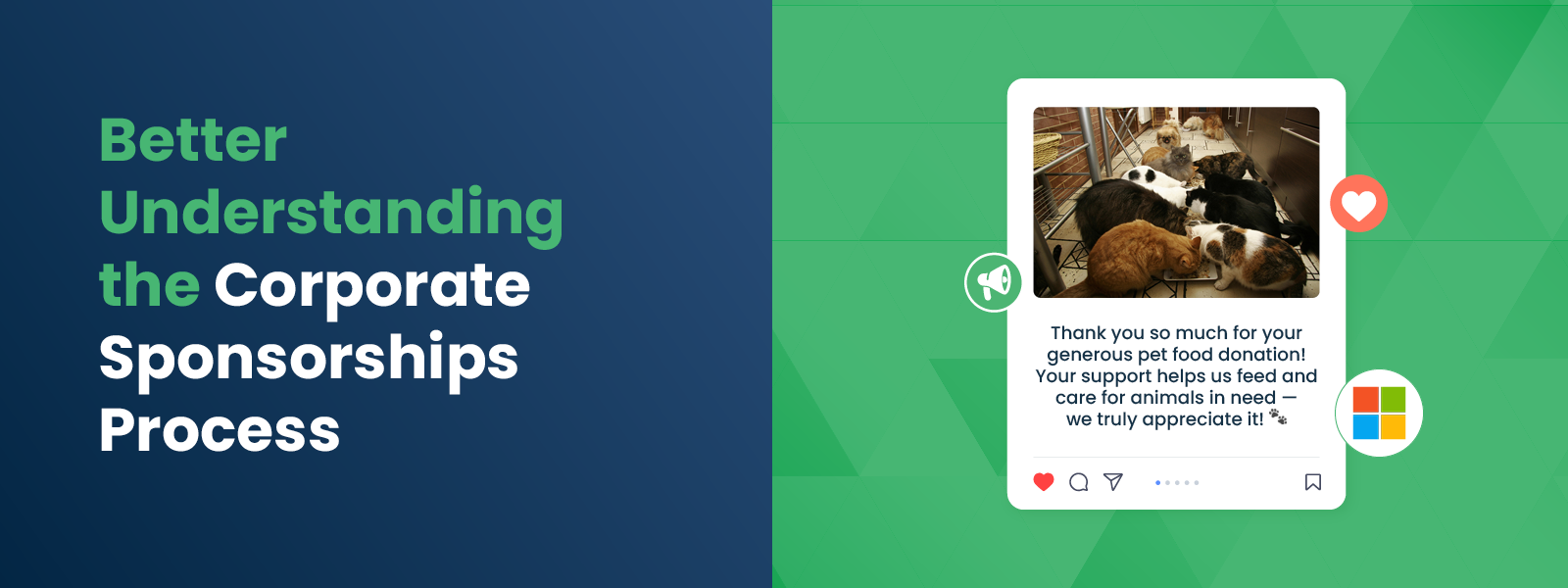
Better Understanding the Corporate Sponsorships Process
Corporate sponsorships are often the "white whale" of nonprofit…

